The Power of Reference and Imagination in Anime Art: Building Original Characters That Stand Out
In the world of anime-style art, creativity and passion go hand in hand. Whether you’re sketching your first character or developing a full-blown manga series, one thing becomes clear pretty quickly: coming up with truly original characters is hard work. That’s where references come in — not as crutches, but as powerful tools that help artists bridge the gap between vision and execution.
Many beginners fear that using references somehow makes their work “less original.” But in reality, some of the best anime artists in the world build their work on strong reference foundations. From anatomy to poses to clothing design, using references isn’t cheating — it’s smart, and it’s how you level up.
Why References Matter in Anime Art
1. Mastering Anatomy and Poses
Anime characters are stylized, yes — but they still follow the rules of anatomy. Even exaggerated proportions need a believable structure underneath. Studying real-life references or photos of dynamic poses helps you understand how the body works, moves, and balances. This knowledge makes your characters feel more alive, even when they’re drawn with big eyes and wild hair.
Want your OC (original character) to leap through the air, wield a sword, or strike a dramatic pose? Using references gives you the foundation to make those actions believable and exciting, rather than stiff or awkward.

2. Understanding Clothing and Style
Clothing tells a story. Whether your character wears a magical kimono, futuristic armor, or casual streetwear, references help you design outfits that look intentional and functional. Studying real clothes, cultural designs, and other artists’ works can spark inspiration while teaching you how fabric flows, folds, and fits.
Anime thrives on iconic designs — think Naruto’s headband, Sailor Moon’s uniform, or Attack on Titan’s gear. These visuals are memorable because they’re rooted in design principles, and references help you tap into those same elements.
3. Improving Facial Expressions and Emotion
Anime relies heavily on expressive faces to tell stories. A well-drawn eye can show heartbreak, mischief, or pure determination. But mastering expression takes practice — and references are the fastest way to learn. Observing how real people (or even fellow anime characters) show emotion gives you the visual vocabulary to do the same in your own work.
Creating Original Characters: Balance Between Inspiration and Invention
Coming up with an original character (OC) isn’t just about making them “different.” It’s about giving them depth, personality, and visual appeal. References can help spark ideas — maybe it’s the way someone wears their scarf, a specific color palette, or a hairstyle you tweak to suit your vision.
Here’s how to blend inspiration and originality:
- Mix and match elements: Combine traits from different references — a pose from a photo, a jacket from a fashion shoot, and a weapon from a historical design.
- Think beyond appearance: Ask yourself, “What’s this character’s story? Their struggles? Their goals?” The answers will influence their look and behavior.
- Mood boards help: Collect references for color, style, fashion, and mood. This helps keep your character design consistent and intentional.
Originality Doesn’t Mean Isolation
Every artist, even the greats, uses references. The key is to study, not copy. Let references teach you — then use that knowledge to create something uniquely yours. Developing original characters in the anime style is a blend of observation, creativity, and passion. When done well, your OCs will feel like they could step into an anime world of their own — full of personality, style, and story.
So don’t fear the reference. Embrace it. Use it to push your skills, fuel your imagination, and build characters that are both inspired and unmistakably you.
Would you like a version tailored for social media captions, YouTube video scripts, or art blog posts? I’d be happy to adapt it!
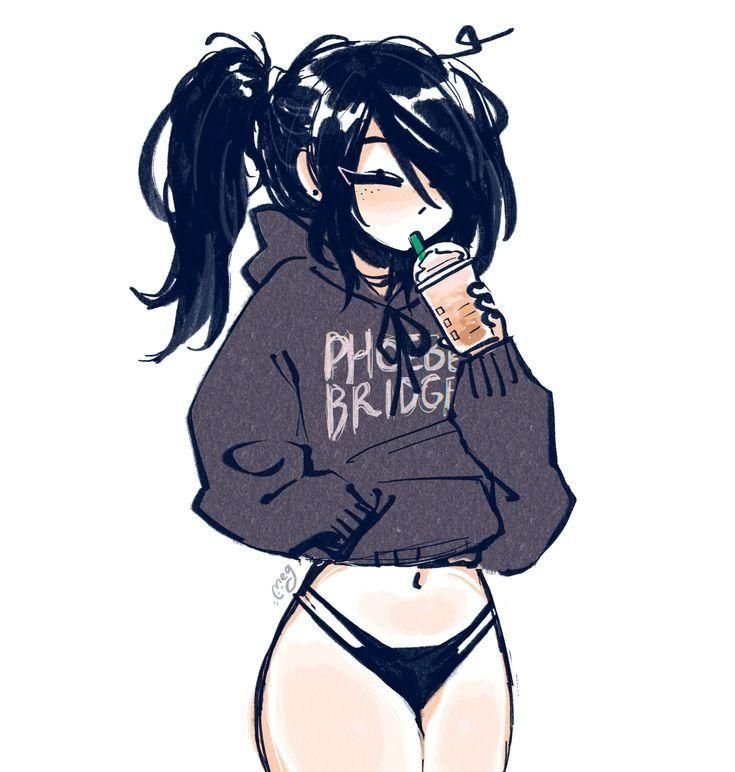
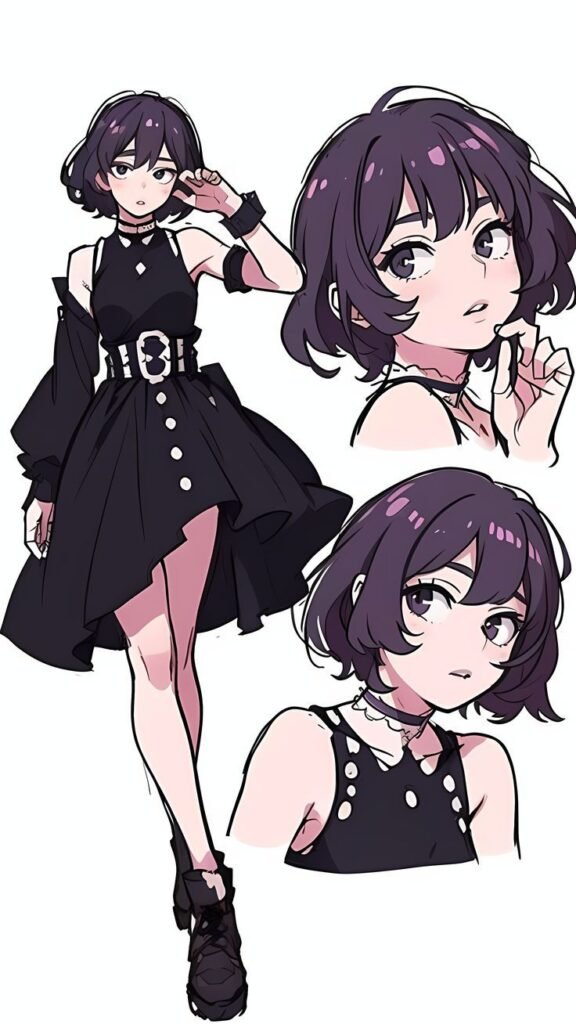
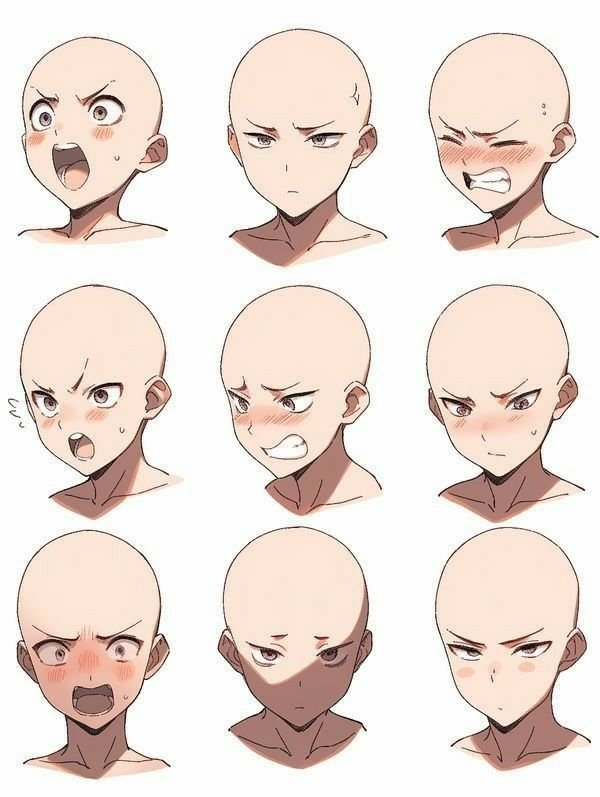
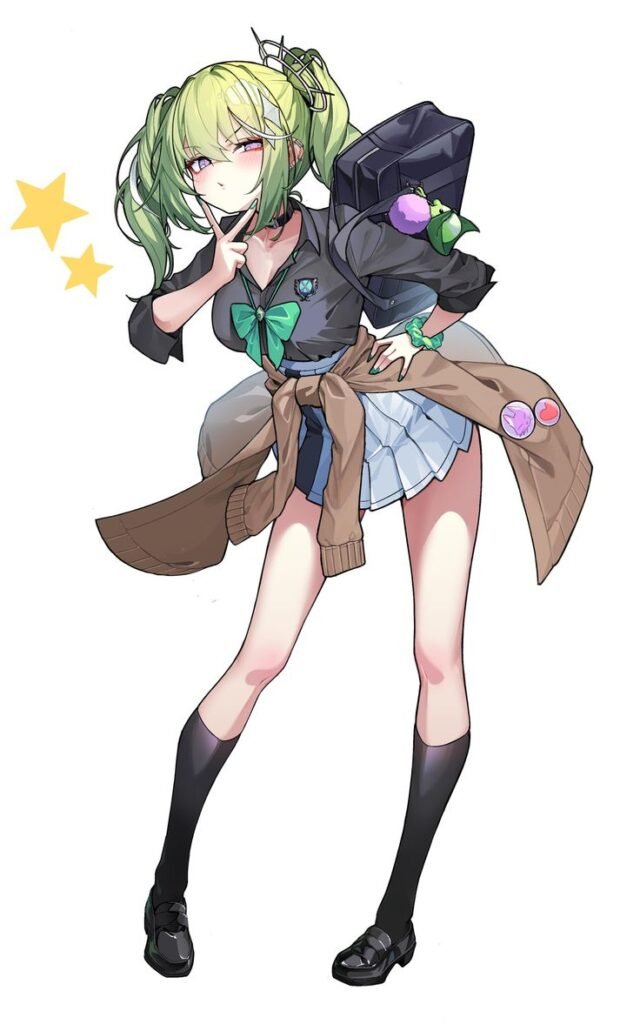

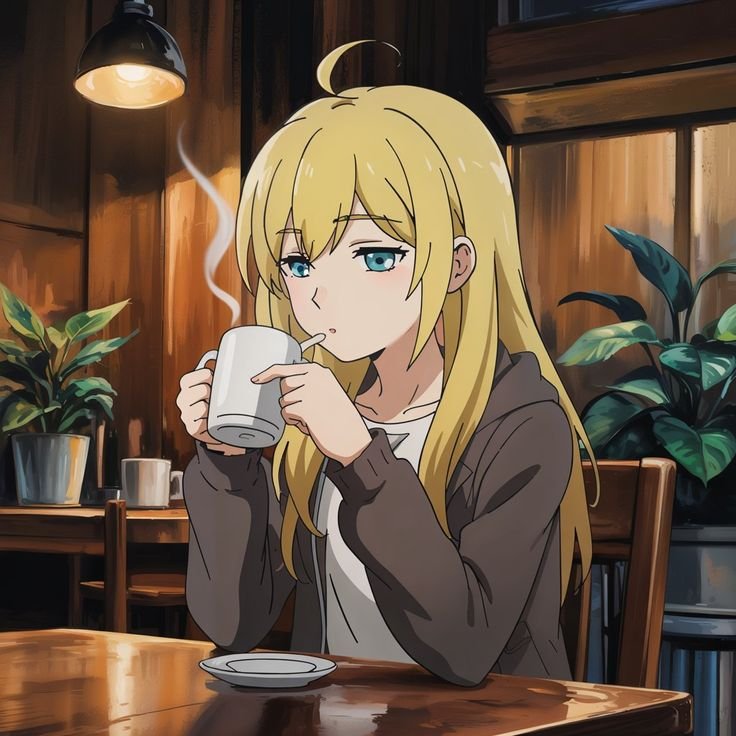
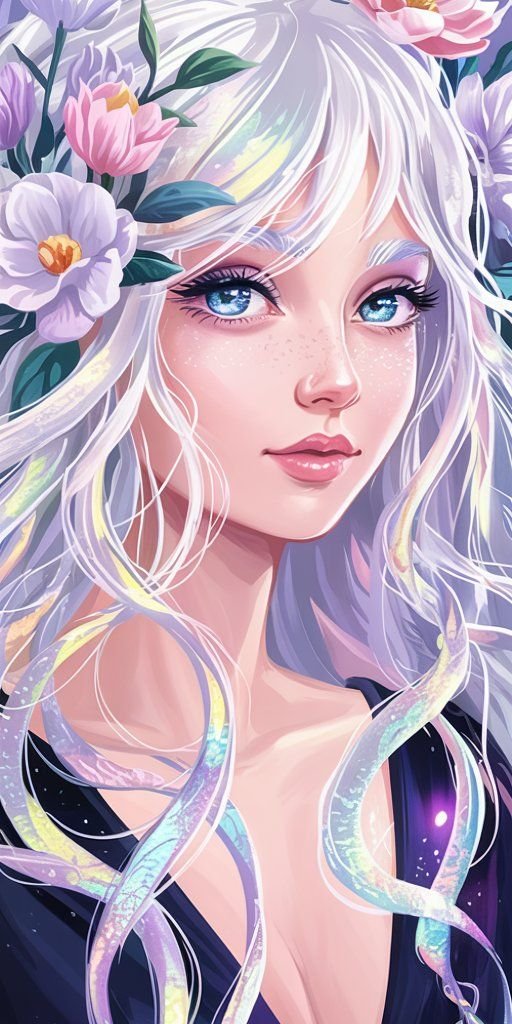
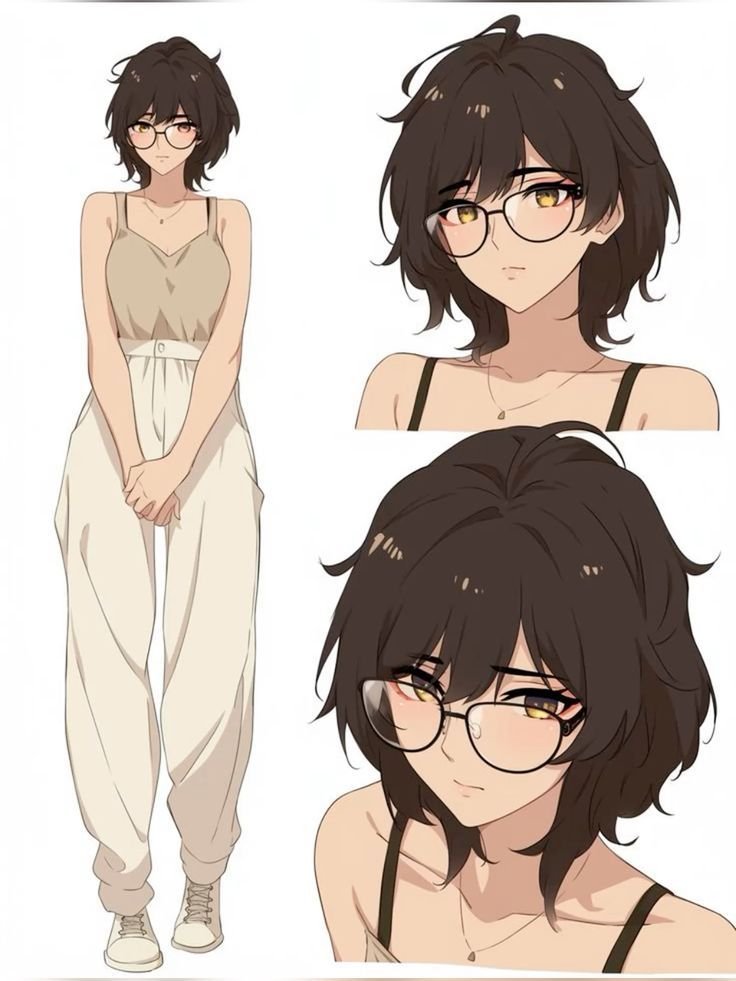

0 Comments